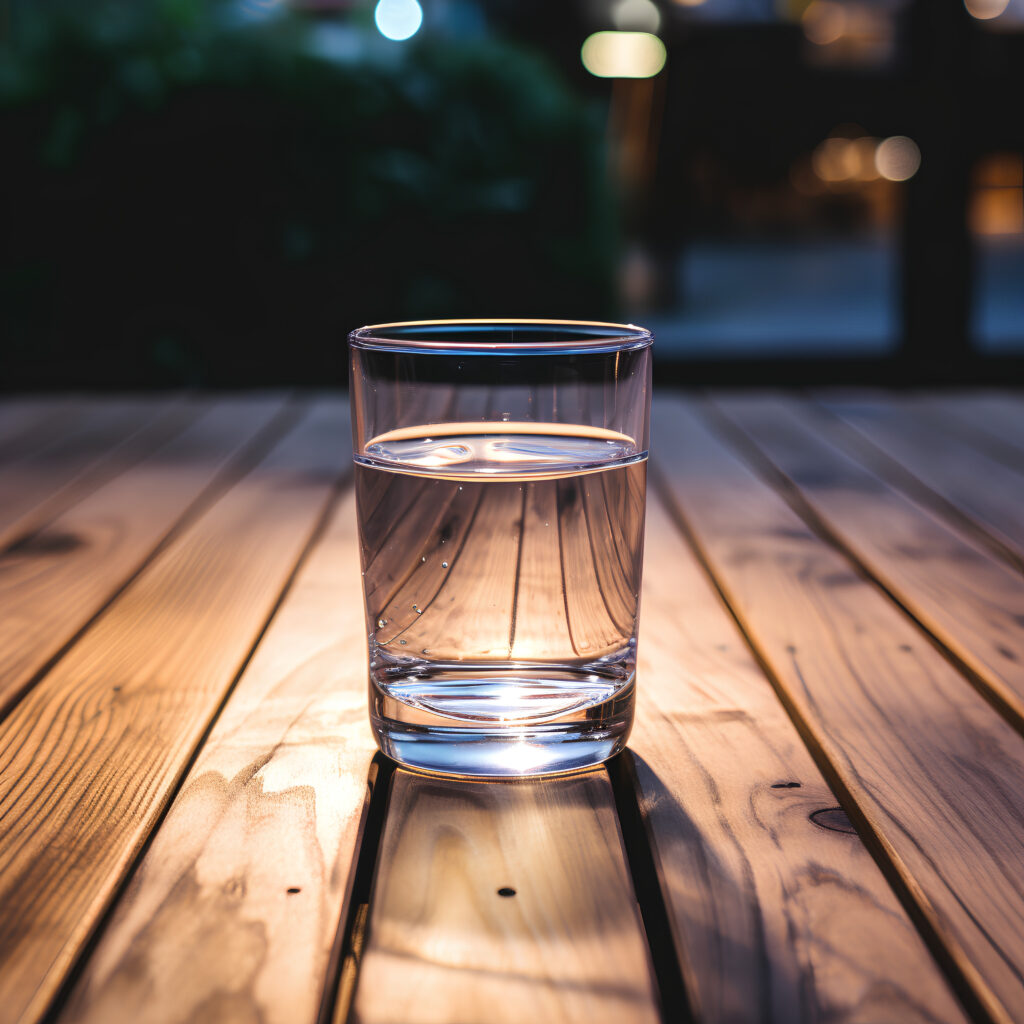
Protecting Your Family from Hormone Disrupting Chemicals
Posted October 19th, 2023
Obesity, Diabetes, Heart disease, Autoimmunity, Alzheimer’s, Breast and Prostate Cancer, Thyroid, Reproductive and Neuroendocrine Diseases are all on the rise in the United States. The European Union estimates the financial burden in Europe to be $209 billion dollars annually for health care expenses related to IQ loss, intellectual disability, autism, attention-deficit hyperactivity disorder, infertility and mortality associated with reduced testosterone levels. The culprit? Strong evidence supports a link between Endocrine Disrupting Chemical (EDC) exposure and these problems[i]. The World Health Organization along with the Endocrine Society and the European Union strongly support warnings to avoid endocrine disrupting chemicals[ii],[iii].
What are Endocrine Disrupting Chemicals?
EDCs are everyday chemicals similar in structure to natural hormones such as the female sex hormone estrogen, the male sex hormone testosterone, and thyroid hormones. They interfere with development, reproduction, neurological functioning, metabolism, satiety, and your immune system[iv]. They are found in everyday, ordinary products: drinking water, canned and packaged goods, high mercury fish, plastic and nonstick kitchenware, cleaning products …. And the list goes on[v]. And, according to the Endocrine Society, there may be no safe level of exposure. So, if you are a living being who breathes air, eats food, and drinks water you will be exposed to EDCs. While we don’t have total control of our environmental exposure, there are ways to minimize the exposure to yourself and your family.
How to Avoid Exposure to Endocrine Disrupting Chemicals
While the list of known EDCs is extensive, a dozen of the worst widely used ones identified by the Environmental Working Group include: BPA, Dioxin, Atrazine, Phthalates, Perchlorate, Fire retardants, Lead, Mercury, Arsenic, PFCs, Organophosphate pesticides, and Glycol ethers[vi].
Avoid them in:
- Personal care products by switching to certified organic or homemade personal care products.
- Drinking water by filtering your water using a high-grade filtration system.
- Poultry, meat, and dairy products by buying and eating organic produce[vii].
- High mercury fish by selecting seafood known to be low in mercury[viii] .
- Kitchenware by using glass containers, ceramic, and iron and steel cookware.
- Cleaning products by creating your own cleaning products (vinegar and baking soda work wonders!).
- Scented products (ie: trash bags, air fresheners) unless they are natural.
- Household dust by buying “green” furniture/carpets (doesn’t contain harmful flame retardants, etc) and using a HEPA filter for your vacuum and A/C[ix].
How to Support the Body in Removing Toxins
While avoiding these products as much as you can is key to getting at the root of the problem, it’s also important to understand that it’s possible to support your body in getting rid of many of these chemicals if you’ve already been exposed. There are a variety of tests that can help determine how critical the issue is. And, if chemicals are detected, we can work together to create a plan to assist your body in removing them.
References
[i] Journal of Clinical Endocrinology and Metabolism April 1, 2015; 100(4): 1245-1255
[ii] WHO, State of the Science of Endocrine Disrupting Chemicals 2012
[iii] Endocrine Society, Endocrine Disrupting Chemicals, Where We Stand
[iv] Endocr Rev. 2015 Dec;36(6):E1-E150
[v] Hormone Health Network, EDCs
[vi] EWG.org Dirty Dozen Endocrine Disruptors October 28, 2013
[vii] Annals of Internal Medicine, 2012;157(5):348
[viii] Mercury Policy Project’s guide to mercury levels in different varieties of fish and shellfish (PDF)
[ix] Environmental Science and Technology, 2015; 49(1): 113
Picture attribution: © pixander, 123RF Free Images




